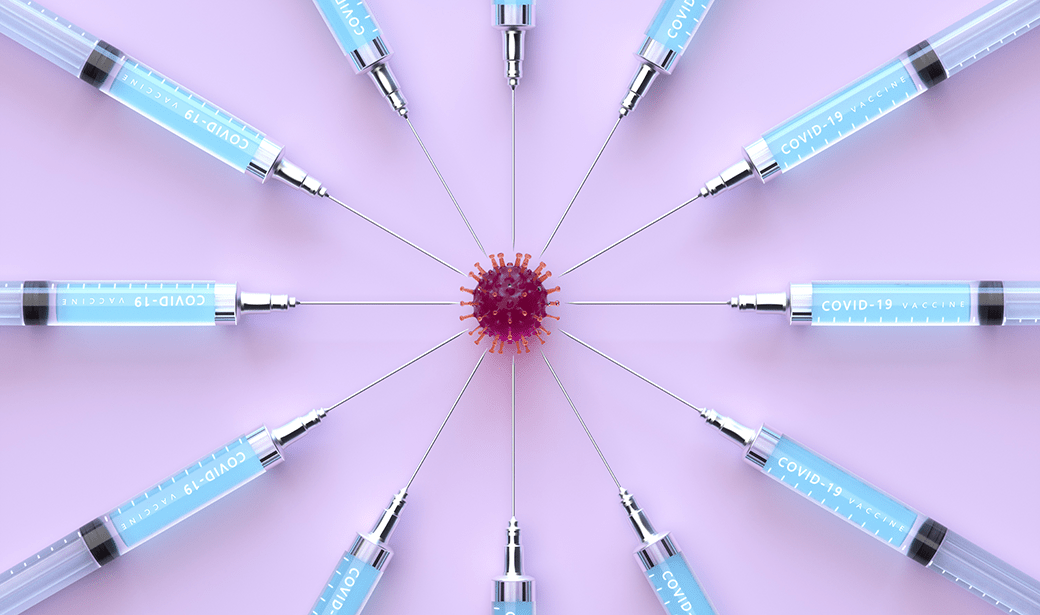Updated 7/13/2022
Learn about the Johnson & Johnson COVID-19 vaccine, the first one-dose COVID-19 vaccine authorized for use in the United States.
How does it work?
Unlike the Pfizer-BioNTech and Moderna vaccines, the Johnson & Johnson vaccine does not use messenger RNA (mRNA) to help the body build its defenses against the virus. Instead, it is an andenovector vaccine. The scientists behind the Johnson & Johnson vaccine added the gene for the coronavirus’ signature spike protein to an adenovirus, a common virus that causes colds or flu-like symptoms. However, the adenovirus was modified so it can enter cells but can’t replicate or cause illness.
Once the vaccine enters your body, the adenovirus delivers the instructions that teach cells to make the spike protein. That causes your immune system to react by making antibodies to attack the spike protein, so if you are later exposed to COVID-19, your immune system is ready to fight it.
The use of DNA makes the vaccine more durable, and it can be stored at refrigerator temperatures for up to three months. This is different than mRNA vaccines from Pfizer-BioNTech and Moderna vaccines, which need to be stored very cold and used more quickly.
Is it safe and effective?
In order to be authorized, a government panel reviewed the Johnson & Johnson data found no significant safety concerns. People who were vaccinated in the trial experienced side effects such as fever and pain at the injection site, and those generally went away within a couple days. These are the same reactions people who received the Pfizer-BioNTech and Moderna vaccines experienced as well.
A study in South Africa found that adults who had received two shots of the Johnson & Johnson vaccine — the original dose and a booster — reduced their risk of hospitalization from the omicron variant by 85%.
Pause in administration
On April 13, 2021, the federal government paused administration of the Johnson & Johnson vaccine to investigate a handful of cases in which people experienced blood clots after receiving the vaccine. All of the cases emerged within two weeks of vaccination.
Ten days later, upon review of information about the cases, federal health officials determined that the benefits of the vaccine outweighed the risk, and they approved resumed use of the vaccine. Learn more.
Which vaccine should I get?
The best vaccine is the one that is available to you. If you have an opportunity to get any of the three vaccines available in the U.S., you should take that opportunity.
By choosing to get vaccinated, you are protecting not only yourself and your family but your community as well.



